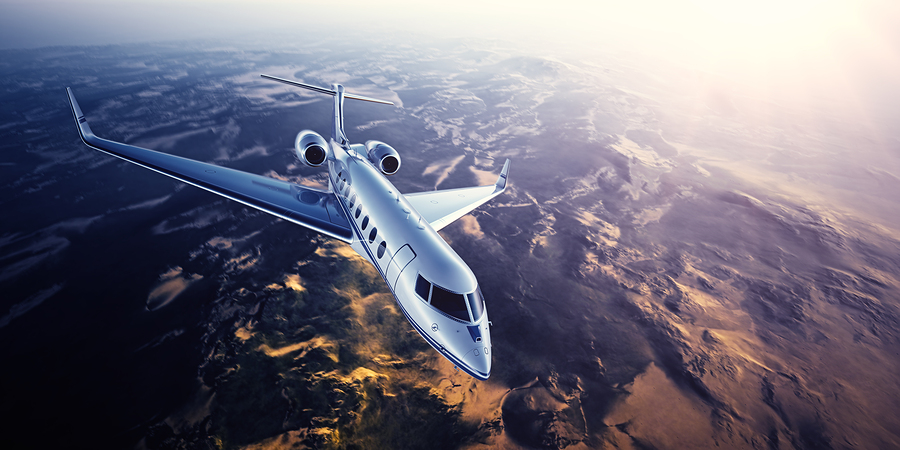Airlines and aircraft manufacturers are mobilizing to be able to respond to the growing cost of jet fuel, the increase in air traffic and the environmental objectives set by the Paris agreement. Electrical and hybrid power represent technological avenues that can meet these challenges. Before we look at ambitious hybrid or all-electric projects, first let us review the different sources of energy for an aircraft and then the transformations that this change will involve.
The various sources of energy for an aircraft
All-electric doesn’t mean that aircraft will no longer use any other source of energy, far from it. In fact, currently primary energy – the only primary energy for that matter – is jet fuel, which generates three sources of secondary energy (pneumatic, hydraulic and electric). These energies, called non-propulsive, supply various loads on board and only use 5% to 6% of the jet fuel. In an all-electric aircraft, the only secondary non-propulsive energy would be electricity. The conclusion is the jet fuel would only be consumed as needed (no longer needed to keep a pneumatic system pressurized), and aircraft availability would be higher (easier and faster to repair and maintain electrical equipment than hydraulic). Switching to electric would however involve a major reorganization for aircraft manufacturers.
A profound internal revolution
The conventional aviation industry is developed in silos, following the “ATA” chapters, so in a very compartmentalized manner. Electrification of aircraft will require aircraft manufacturers to build or strengthen bridges, not only technical, between different systems, but organizational as well. Indeed, the old habits of each developing their own new and similar technologies, with redundancy and wastefulness, are over. Those who develop a rational electric proposal, transversal between systems but including the engines, will have a head start… such as Safra which has created Safran Power and Safran Electronics.
Electrification at all levels
Emergency flight control actuators, engine starting, cabin pressurization… electrification of aircraft has well and truly begun. Now is the time to announce ambitious projects. Take a look: Zunum Aero, supported by Boeing and JetBlue, plans to market in 2022 a hybrid electric aircraft carrying 12 people for connections of up to 1100 km (in the future, 50 passengers for 1609 km) with a reduction of CO2 emissions (by 80%), noise and flight time (departures from small airports resulting in shorter line ups); EasyJet and Wright Electric will launch their first short-haul electric aircraft around 2027 with a “zero emission” goal; Airbus, Rolls-Royce and Siemens have just signed a partnership to develop in the short-term a flight demonstrator for E-Fan X hybrid propulsion which should be launched in 2020 and will be sure to be an advance in hybrid propulsion for commercial aircraft; NASA, as part of the Sceptor program (Scalable Convergent Electric Propulsion Technology and Operations Research), prefers working on modernization of an existing aircraft – facilitating comparison of performance – which will be equipped with electric engines and 9 seats and could be launched in 2019.
We should understand that all-electric is a very ambitious goal which will not see the day for years or even decades. It’s time to find a solution to generate and store enough electricity. Unless the energy of the future is hydrogen…
